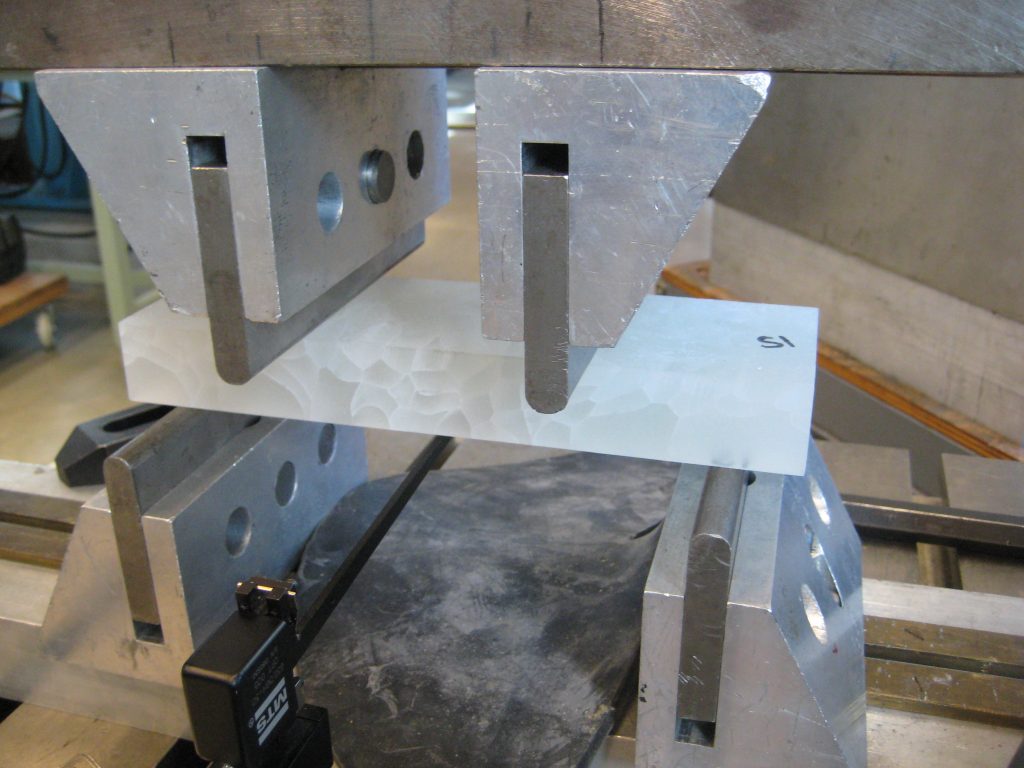Innovating with Materials

Mankind has innovated with design and construction methods and materials since Homo Habilis laid one flat stone horizontally across two upright stones to build the first dolmen around 2,000,000 BCE.
Since then, our progress in building materials innovation over the millennia has been tremendous. A short list of some of the most innovative buildings and structures in history—including the Roman Pantheon, Hagia Sophia, the high Gothic cathedrals of northern France, Brunelleschi’s dome in Florence, the Taj Mahal, the Crystal Palace in London, the Brooklyn Bridge, and Fallingwater—would have a great deal of overlap with a list of the most beautiful and inspirational buildings and structures of all time.

The primary impetus for this quest to innovate can take multiple forms, such as the following:
- Solving a technical problem (e.g., Brunelleschi’s dome or the Brooklyn Bridge)
- Pushing a well-known material to new limits for greater architectural expression (e.g., the French Gothic cathedrals)
- Realizing a new form, expression, or use for a material or method of construction (e.g., the Crystal Palace)
- Combining some or all of these (e.g., the Roman Pantheon)

We are experiencing a renaissance in construction materials innovation, driven by scientific and manufacturing advances coupled with an imperative to build better-performing, greener buildings.
Whatever inspires the innovation, understanding the material’s use (whether it’s new, applied in a new role, or taken to a new limit) is key to solving accompanying design and construction challenges.
We are experiencing a renaissance in construction materials innovation, driven by scientific and manufacturing advances coupled with an imperative to build better-performing, greener buildings. For example, the nanotechnology and bioengineering fields are producing concrete that is stronger, lighter, more durable, and more environmentally friendly; photochromic glass that reacts to light to optimize energy efficiency and reduce ultraviolet exposure; and smart materials that react to biological threats or recover from trauma like earthquakes and blast attacks. These advances offer opportunities for innovation in design and construction on a grand scale, and for long-term industry benefits—conquering technical challenges, building better‑performing buildings, and improving efficiency and cost-effectiveness. These opportunities will create new spaces, buildings, and structures that inspire for generations and centuries to come.
Innovation inherently involves risk. Success can be spectacular, but failure can be enormous. This is not new—Beauvais Cathedral, one of the tallest, largest, boldest, and most open and light-filled high Gothic cathedrals in northern France experienced multiple localized collapses, including a major collapse during its original construction. In today’s complex design, construction, and operation environment, bold innovation is still fraught with risk, including a greater-than-ever risk of litigation. On some projects, designers, contractors, and owners may understandably be reluctant to accept the risks and avoid new materials, methods, or forms when the risks appear to outweigh the benefits.

Design and construction professionals and owners are charged with enabling the adoption of new materials, forms, or methods in construction when thoughtful analysis and consultation show that it makes sense or when the advantages of innovation outweigh the risks. This requires careful risk analysis, options evaluations, assessment of various risk strategies, and consultations with key stakeholders. Fair allocation of risk among the various project team members and owners should involve a dialogue from the project’s outset, consider who stands to benefit from the innovation, and incorporate commensurate principles and language into the contractual arrangement.
Boldly innovative projects should allow more time and budget for the research, planning, and feasibility and testing phases than more conventional projects to allow for the necessary additional work required.
These plans may include tasks such as the following:
- Undergoing scientific scrutiny to question fundamentals, analyze, and test
- Surveying technical literature
- Consulting with experts and colleagues, as well as industry and code organizations
- Seeking review by highly knowledgeable peers
In addition, where innovation involves a manufactured product (rather than a natural product), this feasibility work may include the following:
- Investigating similar installations
- Assessing manufacturing processes and product properties
- Reviewing manufacturer product testing
- Involving manufacturers in preparing specifications, reviewing design details, and obtaining written statements of suitability for the intended use
- Documenting these studies